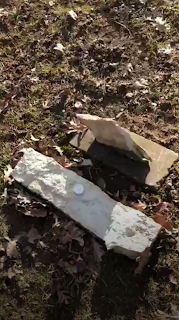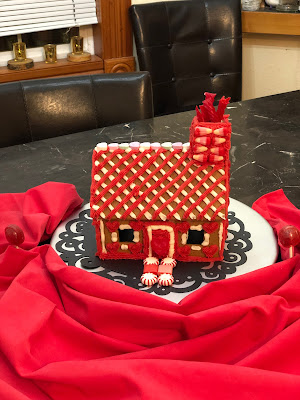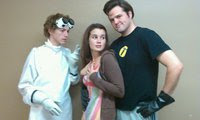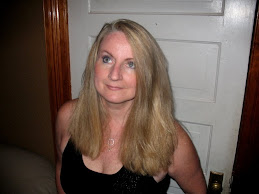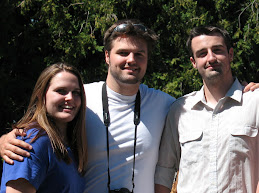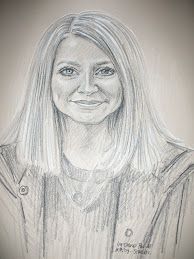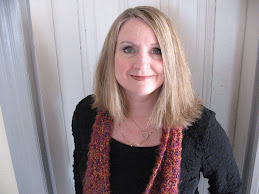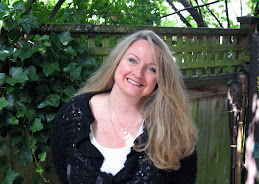A selkie boy’s quest for a seal pelt takes him into the
bewildering world of humans. When you’re born between worlds, what does it mean
to belong?
Emily Whitman is a true Portlandian. She uses myth and magic in her stories for kids and teens. Her latest book, The Turning, is based on Celtic folklore and is a Junior Library Guild selection.
When I heard she had a new story to share, I had so many questions I wanted to ask her that I decided to do an interview so I could share it with all my KidLit friends, both readers and writers.
So, here it is, my interview with the awe...mazing Emily Whitman, a local
Portland author (and her answer to #7 is my favorite).
Tell me something unique/unusual that isn't in
your bio.
I was
raised on so much poetry, I can talk in rhymed couplets off the cuff. Dactyls a
specialty!
Tell me how you drink your coffee (or what you
drink instead)
Black.
Or with cream. Or, for special writing outings, a cappuccino. I’m a little hard
to pin down.
Then I asked Emily to answer the following:
1. Tell us about your novel's main
character.
Aran is a selkie boy raised at sea, but he’s
different from the rest of his clan: he was born without the pelt that will
transform him into a sleek, powerful seal. His quest for a pelt really takes
him out of his element! He encounters humans for the first time and has to
reevaluate his preconceptions about them, and about himself. He finds bravery
and self-discovery in a totally unexpected way.
Why did
you want to write about him?
I was entranced by the mystery and magic of
selkies. They’re both animal and human, ocean and land – the essence of
constant change. But to be a selkie without a pelt! To think you’ll never truly
belong unless you can be like everyone else, and then to have to find your own
way of belonging! I experienced every step (and stroke) of this journey with
him.
2. Do
you write with an intended audience in mind? ie levels of violence or romance.
I try not to impose any self-censorship when
I’m writing a first draft—I just want to let the story come. I can trim things
like the violence level later. This book takes place over the year when Aran is
11. Honestly, the hardest age-related challenge was finding the places I used my
words instead of his! For example, I loved a line where Aran described human
clothes as “a travesty of a pelt.” As perfect as it was to capture the feeling,
“travesty” had to go. As for romance, I enjoyed that in the two YA novels I
wrote, but with this book I was eager to explore the friendship between Aran
and a human girl, Nellie. The nuances of that deep, profound connection. How
friends help us both survive and become strong enough to be our true selves.
3. Once the first draft is written, what
do you do next?
It’s so hard to say it’s done enough to call it
a first draft! I finally force myself to that point, and then I take a break. After
a bit, I pull back and look at it from a wider story lens, asking bigger questions.
How does the pacing move across the book as a whole? What are the moments
everything changes—are they the right ones? Have I made the most of them?
What’s getting in the way of the story? Do the important story lines ring out
at the right places and does each have its own arc?
4. How
much rewriting or self-editing takes place?
So much! Too much! Perfectionism is a curse. I
can hone a paragraph—a phrase—a word!—over and over again. There’s a fine line
between redoing it because it’s not quite right, and beating it into a bloody
pulp. I’m so obsessed with getting the words and lines right, it’s hard for me
to step back and say: Now look at the big stuff! Another problem with rewriting
so much is the words wear grooves into my mind so it’s harder to imagine it
differently. I try to remember that old saying, “The best is the enemy of the
good.” I made it to the first full draft by chanting “Don’t get it right, just
get it written!”
5. Do
you use beta readers?
Yes.
Before I start digging in on the revision I get feedback from a trusted reader
or two. I’ve learned to limit the number of readers, no matter how amazing and
gifted they are, so I don’t have too many other voices swirling around in my
head! At the end of the day I have to
hear my own voice, and find and trust my own vision.
6. Do
you use promotional materials? swag, bookmarks, etc.
For The
Turning I have bookmarks and stickers.
7. Are
they effective?
I have no idea! I just know I like having
something to put in someone’s hand. Especially for school visits. Not every kid
can buy a book, but I want them all to walk away with something—a connection
both to the book and to the time we spent together.
8. Do
you have places you recommend (this can be any place bookstores, travel sites,
restaurants)?
The spark of this book came to me on a visit to
the Skellig Islands off the coast of Ireland. You climb 670 steps to the top of
a steep pinnacle and enter stone huts built by monks who were there as early as
the 700s! Nature, spirit, and beauty combine in an awesome experience. And
there are puffins. If you ever have a chance, go!
10. Quick answer questions:
a. What are your top 3
favorite tv shows: The
Avengers from the 1960s with Diana Rigg as Emma Peel, The Great British Baking
Show, and dark Nordic mysteries
b. If you suddenly couldn't write
anymore, what would you do instead? I’m loving teaching writing workshops.
I do workshops on writing MG and YA novels at The Attic Institute in Portland. I’d
do more of that.
c. Favorite season of the
year: Autumn.
Crisp, cool bright days. Shimmering golden leaves. And I get to bake and make
soup.
d. a book you could read over and over:
Skellig, by David Almond.
e. favorite kind of ice cream: Vanilla—because
of how it melts on berry pie and pear tart and pumpkin pie and blueberry
shortcake, and… You get the idea!
Keep connected with Emily:
Social Media Links: facebook.com/emilywhitman, Instagram: @emilywhitmanbooks
Amazon Page:





